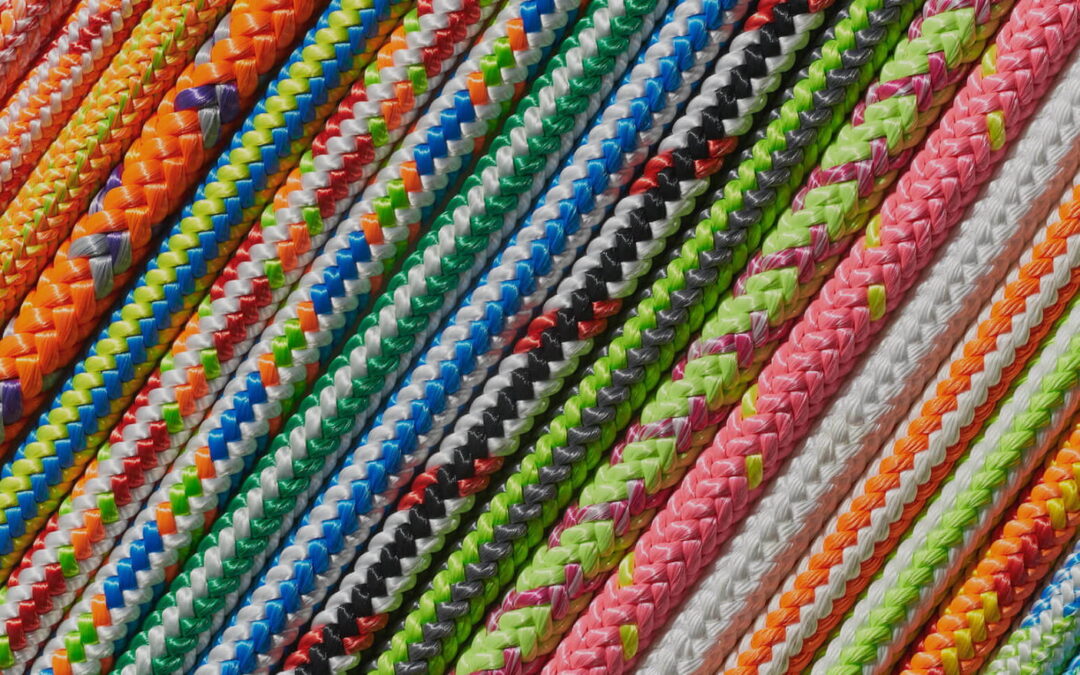The world of arboriculture is complex and demanding, filled with numerous tools and equipment that are integral to the job. One such essential tool is the arborist rope. However, not just any rope can be used in tree work. This guide delves into the intricacies of choosing the perfect line for arboriculture, focusing on the factors that set superior ropes apart.
Understanding the Importance of the Right Line
Before we delve into the specifics, it’s crucial to understand why the correct type of rope matters. When climbing or rigging trees, safety should always be paramount. The right rope can mean the difference between a successful climb and a potential disaster. It can help preserve your energy, prevent bouncing, and enhance overall performance.
The Different Types of Ropes
In the realm of arboriculture, there are several types of ropes that professionals swear by. Firstly, the braided polyester rigging line is often recommended for pulling trees. It offers strength and durability, making it a reliable choice for rigorous tree work.
Next up is the 24-strand bull rope. Known for its impressive strength and resilience, this rope is a favourite amongst many arborists. It’s designed to withstand significant weight and force, which is vital when dealing with large trees or heavy branches.
Lastly, the 12-strand rope is another popular choice. It’s revered for its excellent knot-holding ability, making it ideal for intricate rigging tasks where secure knots are paramount.
Factors to Consider When Choosing Your Rope
When selecting the best line for arboriculture, there are a few important factors to keep in mind. Here’s what you need to consider:
Strength
The rope should be strong enough to handle the weight and force exerted during tree work. It’s recommended to opt for top brands known for their quality, such as Samson, Teufelberger, or Yale Cordage.
Stretch
Limited stretch is another crucial feature to look for. Ropes with minimal stretch prevent bouncing, thus helping you conserve energy during your climb.
Diameter
The diameter of the rope is equally important. For instance, a 5/8″ rope is often recommended for pull ropes as it provides sufficient strength without compromising on flexibility.
Making the Right Choice
In conclusion, choosing the right arborist rope for arboriculture is not a decision to be taken lightly. It’s about more than just picking the strongest or most expensive option. It’s about understanding the demands of the job and selecting a rope that meets those needs perfectly.

